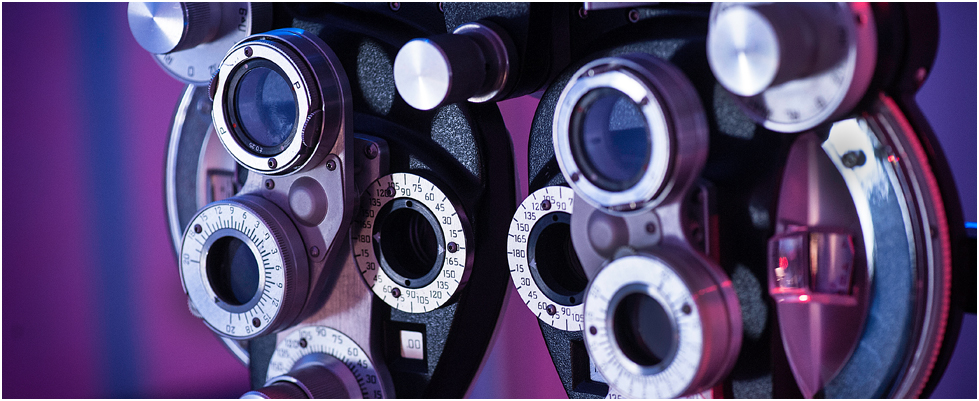A Visual Field Test is type of eye exam that that can identify a loss of peripheral or “side vision”. A loss of peripheral vision may result from neurological problems such as stroke or tumors or eye problems such as glaucoma or retina disease. A Visual Field Test measures how far up, down, left and right you can see without moving your eyes AND how sensitive your vision is in different parts of the visual field.
The Visual Field Test is important for detecting early signs of diseases like glaucoma that damage vision very gradually. Some people with glaucoma do not notice any problems with their vision, but the visual field test shows that peripheral vision is being lost. Further, the Visual Field Test examines the parts of the nervous system and brain that allow us to have vision and sight. The visual part of the nervous system includes the retina (similar to the film in a camera), the optic nerve (the "wire" that carries images from the retina to the brain), and the brain itself. Problems with any part of this system can change the visual field. There are well-known patterns in the test results that help us recognize certain types of injury or disease. By repeating more visual field tests at regular intervals, we can also tell whether someone is getting better or worse.
At Baltimore Washington Eye Center our technicians perform visual field tests with an advanced computerized digital instrument that allows a great deal of precision and allows us to store your testing for future comparison.


